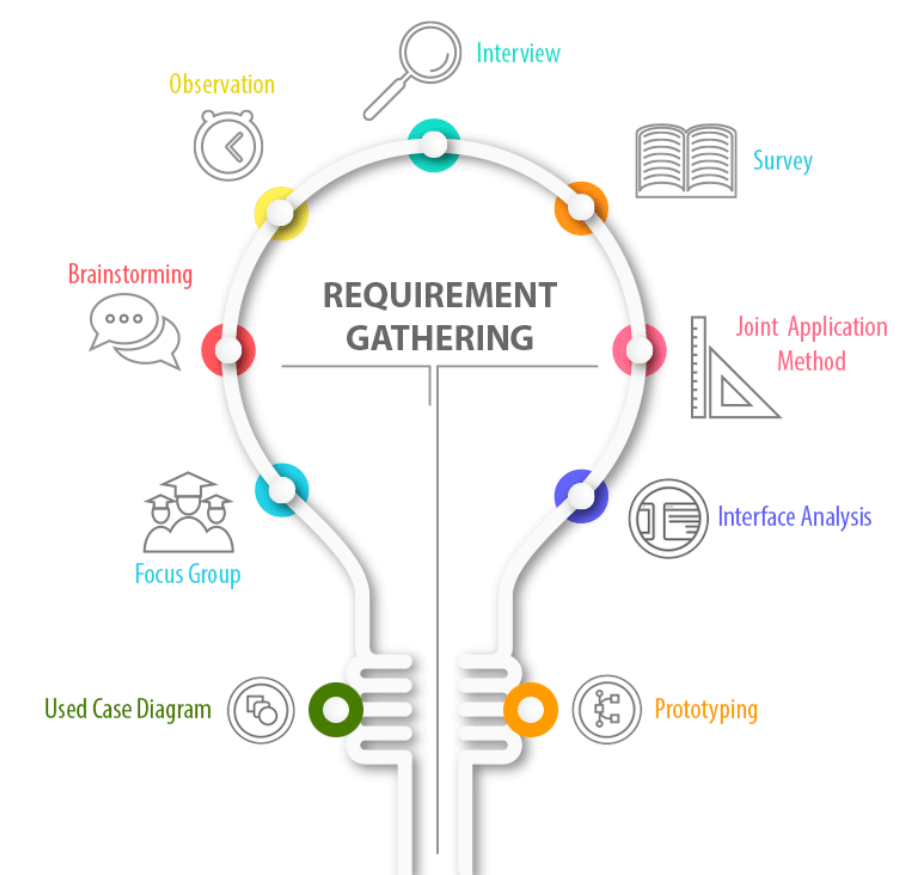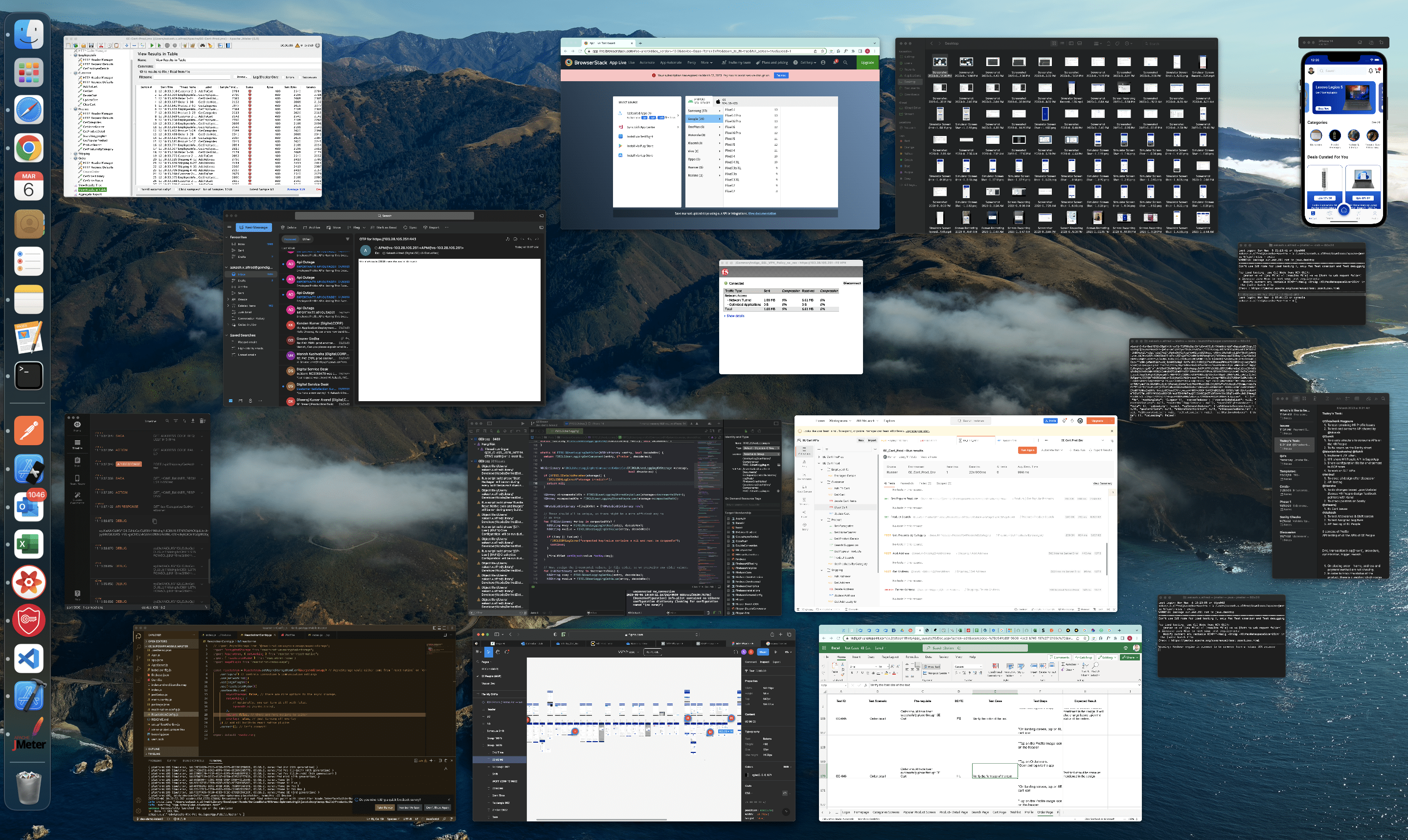Requirements Gathering – How We Solve the Biggest Problems with Consulting
Introduction:
Whenever the company launches a product, feature or service — asking the right question is like the water that cleans the dusty front window of your car. More questions you ask, clearer the front view becomes.
As per my research and overall experience in business analysis, I have gone through many sprint planning and requirements gathering phases, during which I faced many challenges. Through these challenges, various questions and outcomes came to mind, as given below:
How can we run a smooth software development life cycle for the completion of the project?
How can we collect the requirements by using good ‘client servicing’ and interaction between clients and stakeholders?
How can we deliver a good-quality product or a new invention to our organization?
What is the real success of a project or any software product, and how can we achieve the same?
Project Success:
Project success can be defined as the achievement of project objectives within the constraints of time, budget, and quality, while meeting or exceeding stakeholder expectations. It is the realization of the desired outcomes and benefits of the project.
Sometimes when asked what I do for a living- I reply with “I get paid to ask great questions” – because there are times when I feel like that’s my primary directive. The ability to formulate the right question to the right person is what takes a design from good to great.
As a business analyst, I go through various stages of SDLC, most importantly the requirement phase, and various questions and tasks I need to focus on, as listed below:
- Understanding Stakeholder Needs
- Scope Definition
- Risk Management
- Cost Control
- Quality Assurance
For all these tasks and objectives, I have only one answer: “requirements gathering,” which I go through.
What is Requirement Gathering?
Requirement gathering is the process of collecting and analyzing information about the needs, goals, and expectations of stakeholders for a project or system. It involves interacting with stakeholders to understand their requirements, documenting them, and validating them to ensure that they are accurate, complete, and feasible. The requirements gathered form the foundation for the project’s scope, objectives, and deliverables, and they guide the project’s design, development, and implementation. Effective requirement gathering is critical to ensure that a project meets the client’s needs, is delivered on time, and within budget.
Why is requirement gathering required in a project completion?

Establishing project scope and objectives: Gathering requirements helps to clarify what the project is supposed to achieve and what is not within its scope, which provides a clear understanding of the project’s goals.
Identifying potential issues: By gathering and documenting the requirements, potential issues can be identified early on and addressed before they become more significant and costlier to fix.
Defining project deliverables: Gathering requirements helps to define what the project should deliver, which helps to ensure that the project meets the needs and expectations of the stakeholders.
Managing stakeholder expectations: Requirements gathering involves engaging stakeholders and taking into account their needs and concerns, which helps to manage their expectations and ensure their satisfaction with the project outcome.
Saving time and money: By gathering requirements up front, it can help prevent costly rework later in the project, which can save time and money.
Being a BA I have faced many issues and challenges during requirement gathering and sprint planning, as mentioned below:
- Ambiguous or Incomplete Requirements
- Scope Creep
- Conflicting Requirements
- Changing Requirements
To resolve these issues, I always follow a process known as ‘Requirement prioritization’.
Requirement prioritization:
Requirement prioritization is the process of identifying and ranking the importance of various requirements for a project. It is an essential part of project management because it helps ensure that the most critical requirements are addressed first, making it more likely that the final product meets the needs and expectations of stakeholders. In this blog post, we will discuss the importance of requirement prioritization and explore some common methods for prioritizing requirements.
In any software development project, there are usually more requirements than can be implemented within the given time and budget constraints. This is where requirement prioritization becomes crucial.
There are various methods for requirement prioritization, and each method has its own strengths and weaknesses.
MoSCoW Method:
The MoSCoW method is a simple and effective way to prioritize requirements. Moscow stands for Must have, should have, could have, and won’t have. The method requires the stakeholders to categorize each requirement into one of these four categories based on its importance.
- Must-have requirements are critical and must be implemented to achieve the project goals.
- Should-have requirements are important but not critical, and their implementation can be postponed if necessary.
- Could-have requirements are desirable but not essential, and their implementation can be postponed if resources are limited. Won’t-have requirements are not necessary for achieving the project goals and can be eliminated.

Kano Model:
The Kano model is a customer-centric approach to requirement prioritization. The model helps to identify which requirements will have the greatest impact on customer satisfaction. The Kano model categorizes requirements into three categories: Must-haves, Performance requirements, and Delighters.

Analytic Hierarchy Process (AHP):
The Analytic Hierarchy Process is a complex method for prioritizing requirements that uses a mathematical approach to identify the relative importance of each requirement. The AHP method requires the stakeholders to define a hierarchy of goals, criteria, and alternatives. Then, stakeholders compare each requirement against the criteria to determine its relative importance.
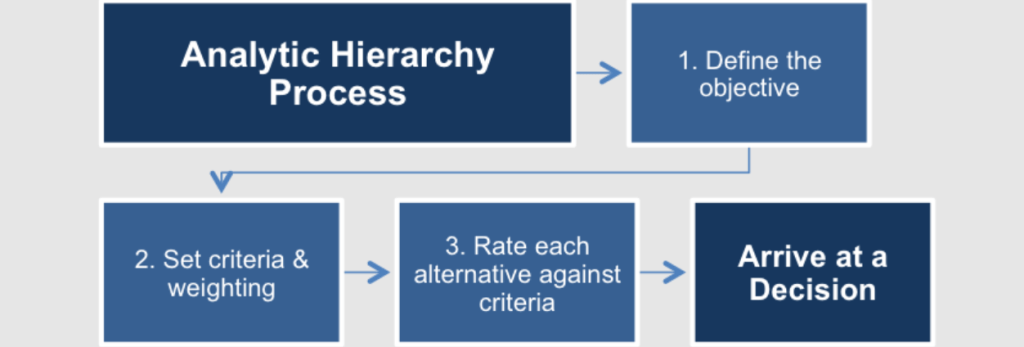
Cost of Delay:
The cost of delay method prioritizes requirements based on the financial impact of delaying their implementation. The method requires stakeholders to estimate the cost of delaying the implementation of each requirement. The higher the cost of delay, the more important the requirement.
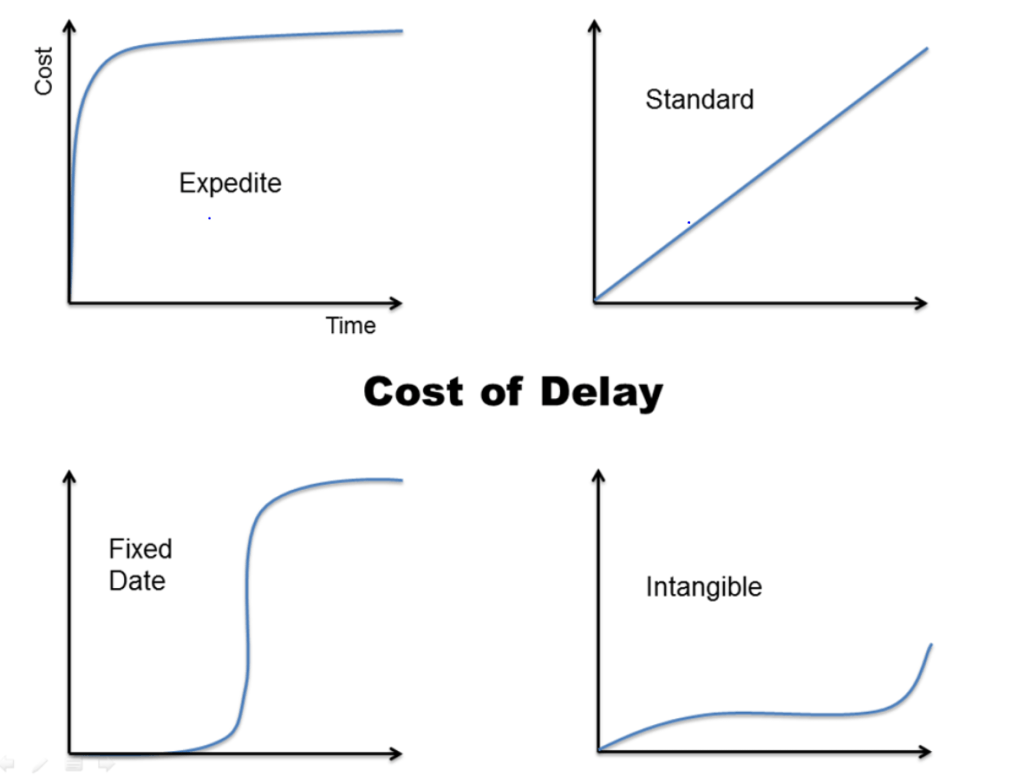
Agile Prioritization:
Agile prioritization is a popular method used in Agile software development. The method involves prioritizing requirements based on their value to the customer and the cost of implementing them. The stakeholders prioritize requirements in collaboration with the development team and continuously re-prioritize requirements based on feedback and changing circumstances.
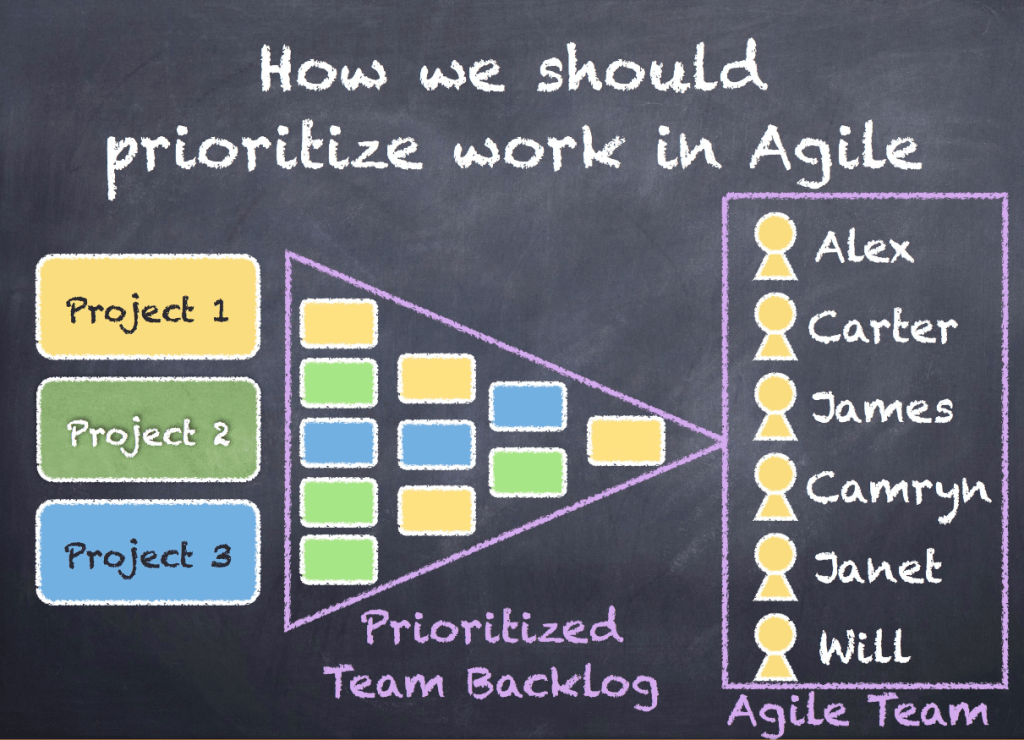
Now, how can requirements gathering actually solve the biggest problems with consulting?
As businesses grow and evolve, so do their needs and requirements. To meet these needs, organizations often turn to consultants for expert advice and guidance. However, the success of any consulting project depends on the accuracy and completeness of the requirements gathered from the client.
Requirements gathering can be a challenging task for consultants. Here are some of the most significant problems that consultants face during the requirements gathering process and how to solve them.
Unclear Objectives:
One of the most common problems is when clients have vague or ambiguous goals. This can make it difficult for consultants to define the scope of the project and identify specific requirements. To solve this, the consulting team should work closely with the client to understand their business objectives and provide suggestions to clarify and refine them.
Assumptions:
Another problem is when consultants make assumptions about the client’s needs or requirements, without proper validation. This can lead to miscommunication and misunderstanding, leading to an unsuccessful project outcome. To overcome this, it is essential to validate all assumptions by discussing them with the client, stakeholders, or subject matter experts.
Misalignment of Expectations:
A third problem is when there is a mismatch of expectations between the consulting team and the client. This can lead to a mismatch in deliverables, timelines, and budgets. To avoid this, it is important to establish clear communication channels and maintain transparency throughout the project. This can help to ensure that the client’s expectations are met, and any issues can be addressed promptly
Lack of Clarity:
A fourth problem is when the requirements gathered are not clear or specific. This can lead to confusion, delays, and misunderstandings. To solve this, it is essential to document requirements in a structured and organized manner, using clear language, and avoiding ambiguity. This can help to ensure that the client’s expectations are accurately reflected in the project deliverables.
Conclusion:
Requirements gathering is a critical step in the consulting process. It helps ensure that the project or solution meets the stakeholders’ needs and expectations. Effective requirements gathering can solve many of the biggest problems with consulting, including scope creep, misaligned expectations, incomplete requirements, and lack of user adoption. Therefore, it is essential for consultants to prioritize requirements gathering and use it as a tool to build successful projects and solutions.
Add Comment
You must be logged in to post a comment.


